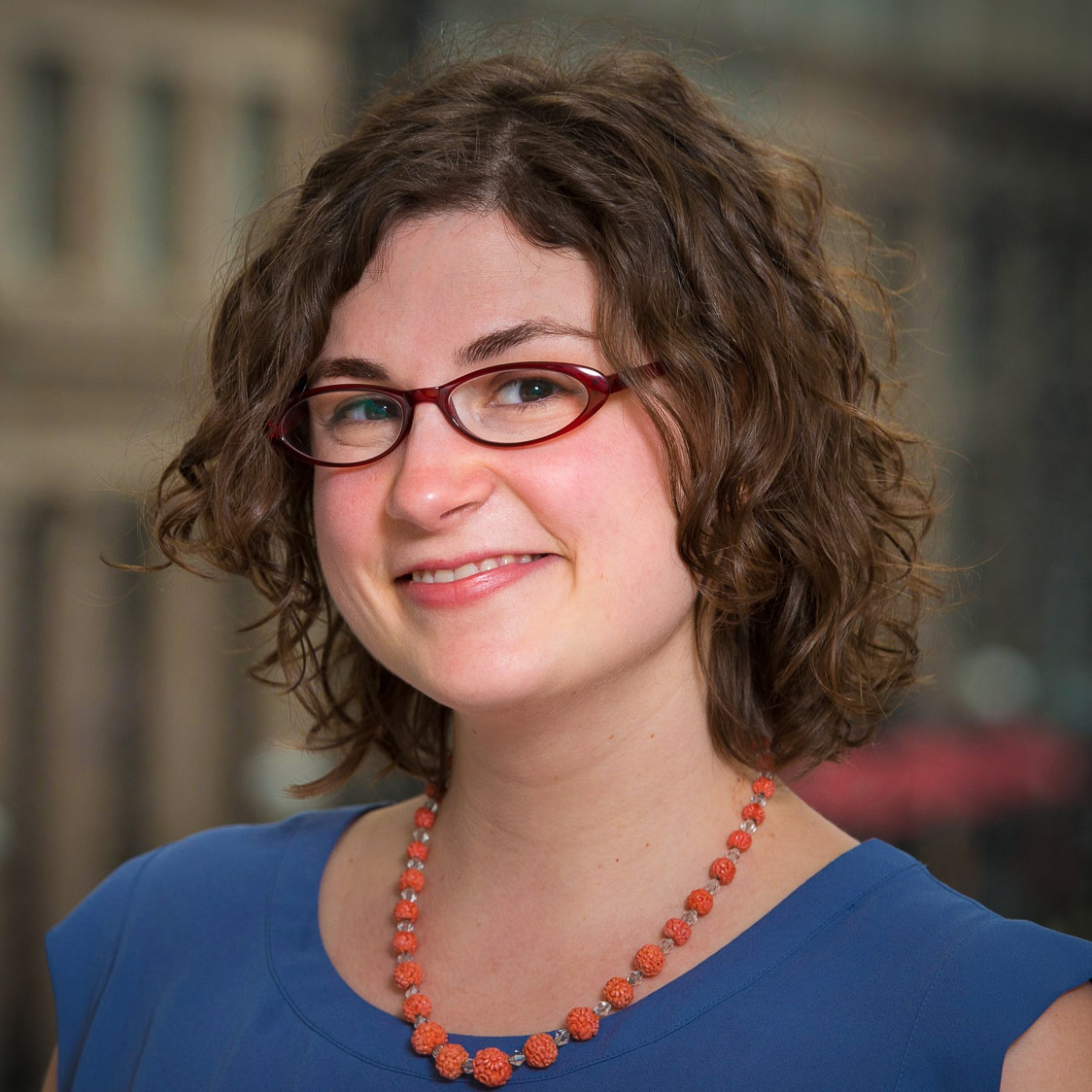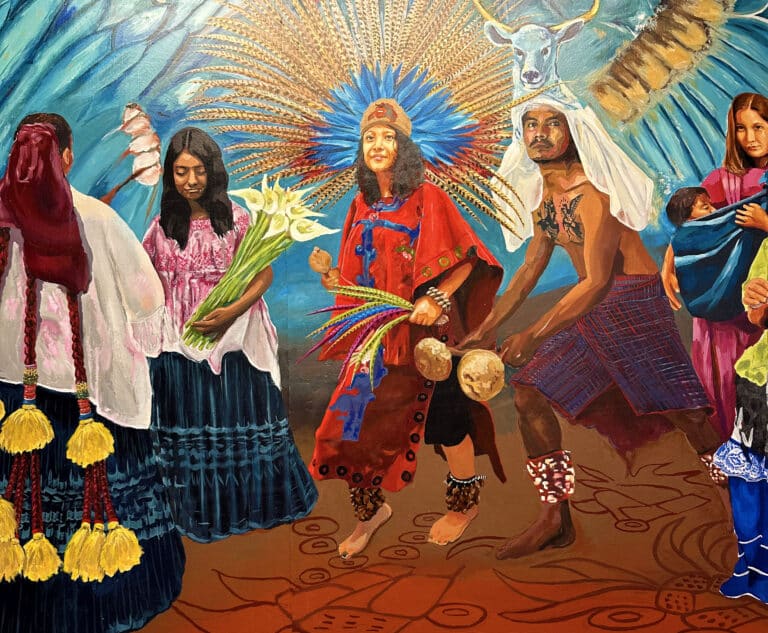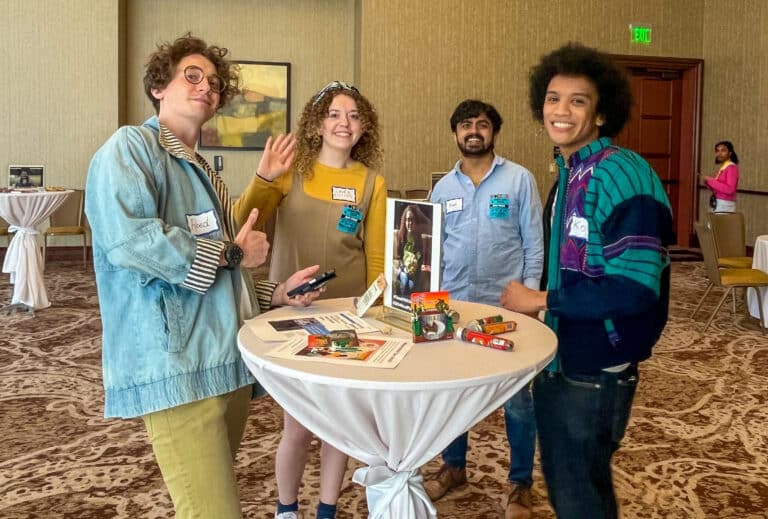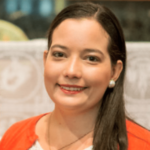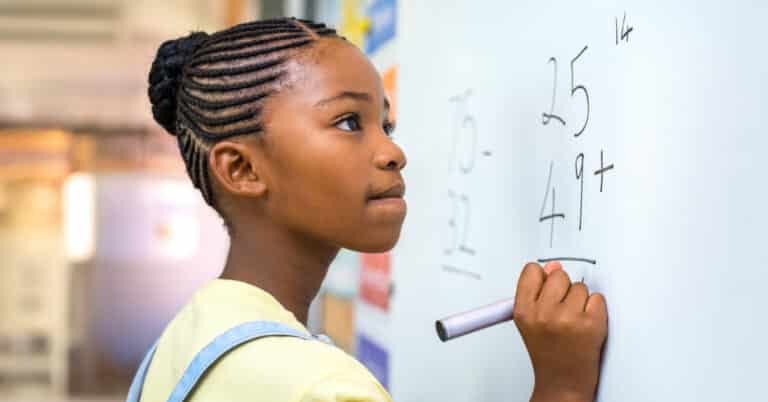Students are regularly asked to think about and explore the past, but what about the future?
“The future is everybody’s business,” attested Jason Swanson, KnowledgeWorks director of strategic foresight, before a group of North Dakota educators, community members, state education department officials and, most importantly, students.
“Students have the greatest stake in their education; however, we rarely engage them in authentic decision-making,” said Lori Phillips, teaching and learning director with KnowledgeWorks. “Students need to believe that their voices will lead to choices that directly impact learning. By including them in the conversation, we can help shape a future that they’re excited about, as well as one that will meet the demands we see on the horizon.” Again and again over the course of two mornings with stakeholders and students from Marmot School at the North Dakota Youth Correctional Center, Northern Cass School District and Oakes Public School District, Swanson returned to the idea that while we cannot predict the future, imagining possibilities has value in better preparing us to work toward the futures we desire.
“Our generation could be the one to find a cure for Alzheimer’s, the cure for cancer or for ALS,” said an Oakes student. Others considered the growing impact of drone farming, data privacy and the surveillance state. A pair of students from Marmot plotted out what it might look like to colonize Mars, while a Northern Cass student considered how the influx of refugees into North Dakota communities could be viewed as an opportunity for introducing diverse perspectives and experiences to address challenges, old and new alike.
“We can talk to people from other countries and be inspired to spark change in our own communities,” echoed another student.
As a group, workshop participants plotted out a timeline on the wall, detailing how they’d come to be where they are today; considering personal, local and global events; and articulating where they imagined current trends leading in the future.
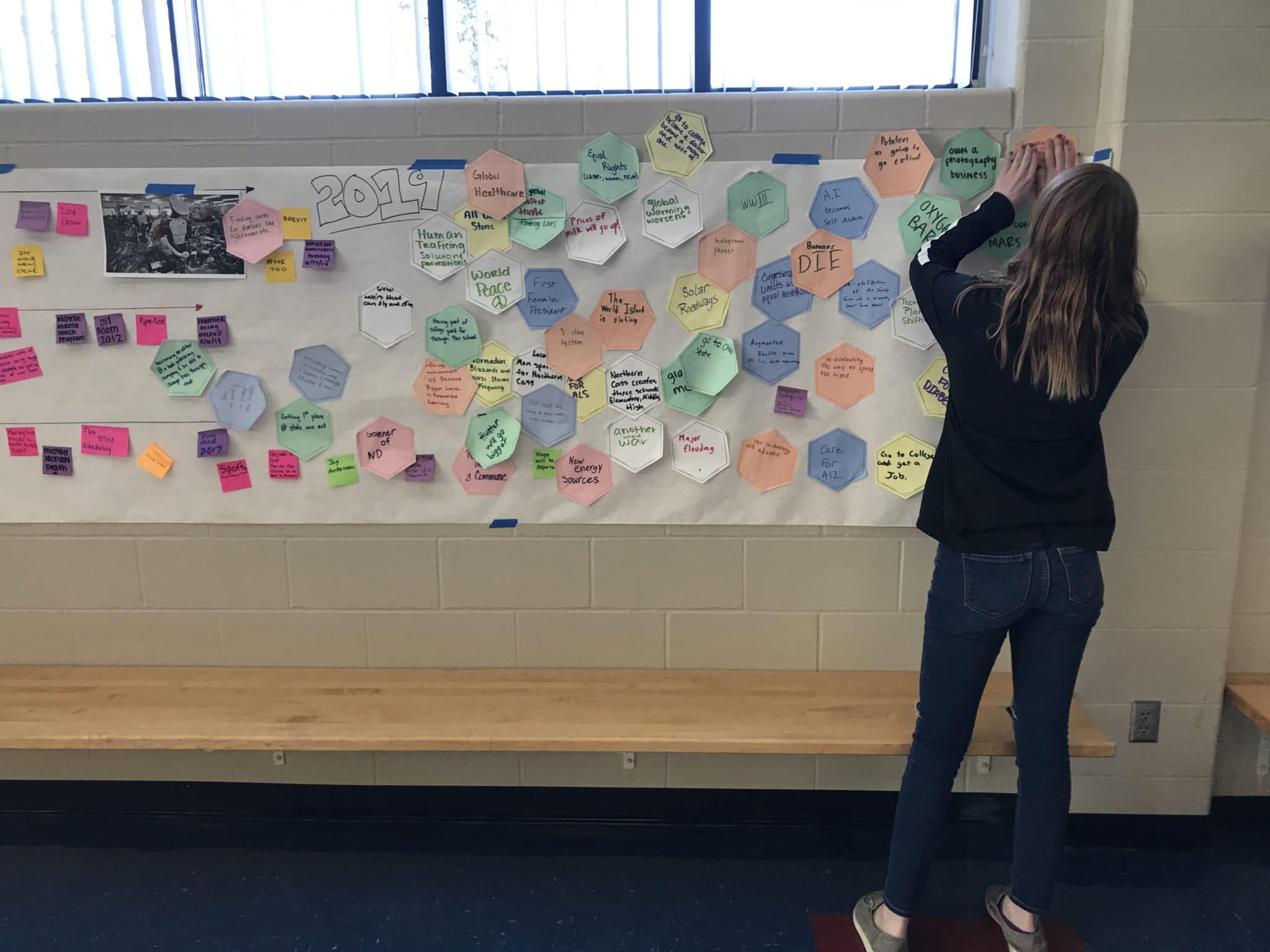
“When we think about the future, there’s three kinds: the possible future, where anything could happen; the plausible future, where things are likely to happen; and the preferred future – what we want to happen,” said Swanson. “The importance of understanding change and settling on that preferred future is that we can actually work to create it.”
North Dakota’s preferred future is personalized.
Swanson’s charge to the group was not only to imagine the future, but also to imagine the kind of teaching and learning experiences needed to be ready for that future. While some students brought up examples of blended learning and virtual reality, others surfaced the idea of students being able to provide examples of what they could do or what they knew versus just taking a test.
“Hearing our students’ explanations of the education they desire affirmed that we are on the right track with personalized competency-based learning,” said Kraig Steinhoff, superintendent of Oakes Public Schools. “Our students aspire to voice, choice, agency and flexibility with pace of instruction/learning.”
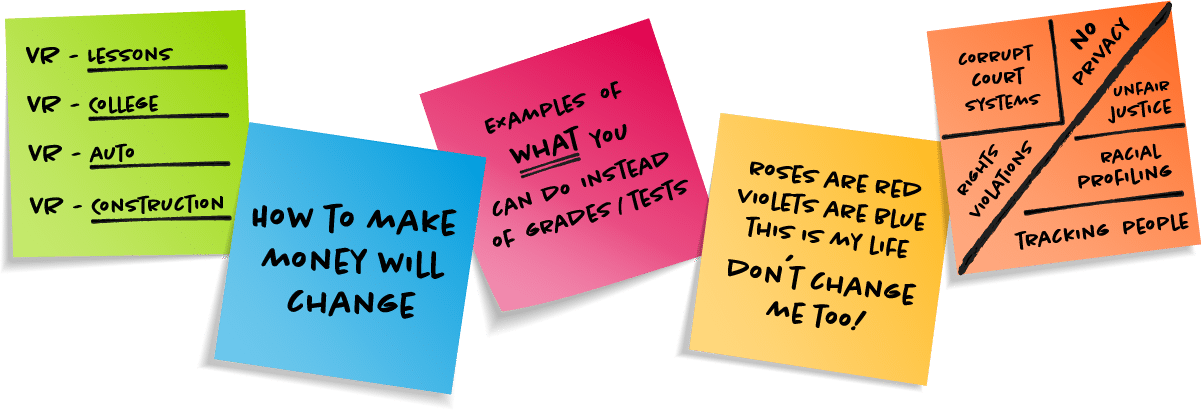
Students and educators alike communicated their desires to maintain what makes their communities distinct, even as they adapt to a changing workforce, a changing climate and shifting expectations for teaching and learning.
“Each different town has its own culture, its own identity,” said one Oakes student. “It would be sad if that changed.”
That same sense of community is one of the driving forces behind the state’s passion for personalized learning, according to state superintendent Kirsten Baesler, who describes North Dakota as “one community, with a really long main street.”
In 2018, North Dakota launched a five-year initiative not only to formalize what they already believe about teaching and learning, but also to provide the chance for districts across the state to learn from each other and benefit from the networking and resources of the North Dakota Department of Public Instruction and national partners, including KnowledgeWorks, EdLeader21 and the Center for Collaborative Education.
“This work is about supporting schools and districts in doing school differently,” says Ann Ellefson, director of academic support with the North Dakota Department of Public Instruction. “We want our students to be choice-ready, whatever those choices may be.”
Students know what they want – and what they don’t want.
Swanson had a clear message to the students as they talked about the future. “As young people, it’s your job to articulate back to adults what the future should look like – you’re the ones who have to live it. Advocate for those things that you want and against those things that you don’t want.”
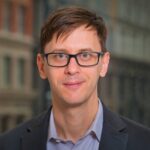
“As young people, it’s your job to articulate back to adults what the future should look like – you’re the ones who have to live it. Advocate for those things that you want and against those things that you don’t want.”
Among the things students didn’t want? To spend all their time in front of a screen, to only attend school online or to see their communities irreparably altered by automation or by the decline of rural, small town life. When asked why it was important to think about and imagine what the future could hold, many students felt it was necessary to be prepared and to plan, even though they couldn’t be certain what the future would hold.
Steinhoff is hopeful that the work his district and others are doing to change the way teachers teach and students learn across North Dakota will be part of that preparedness.
“In the past, education has just tried to get every kid through, to get as much done as we can and cover as much content as we can. But there’s a cultural shift happening right now: we’re shifting more towards family, more towards your experiences as a student,” said Steinhoff. “It’s more human-centered, less pace-centered. We care about you as a student as much as we do about academics.”
Are you interested in implementing similar preferred future strategies? Find out more about our Strategy Guide.
